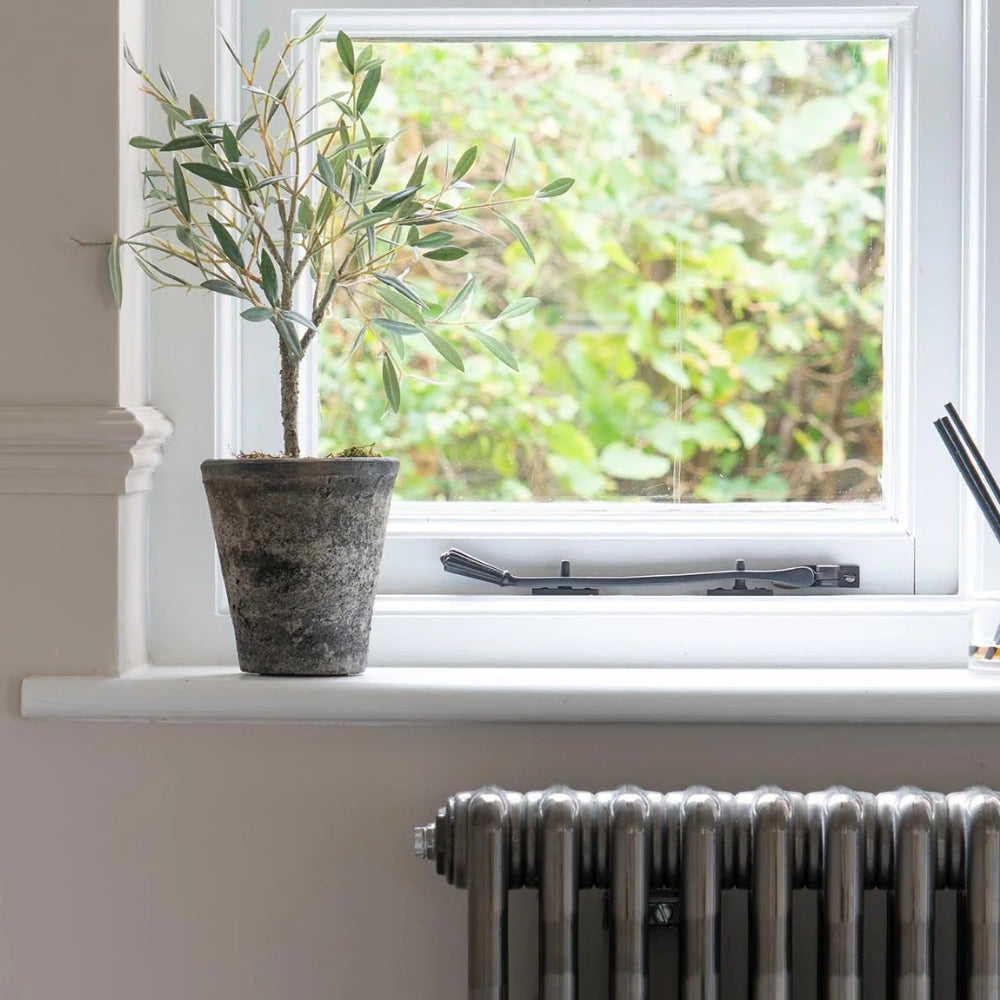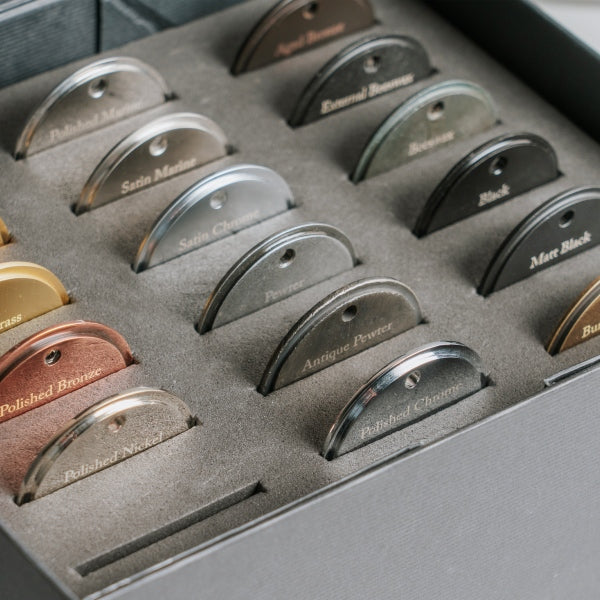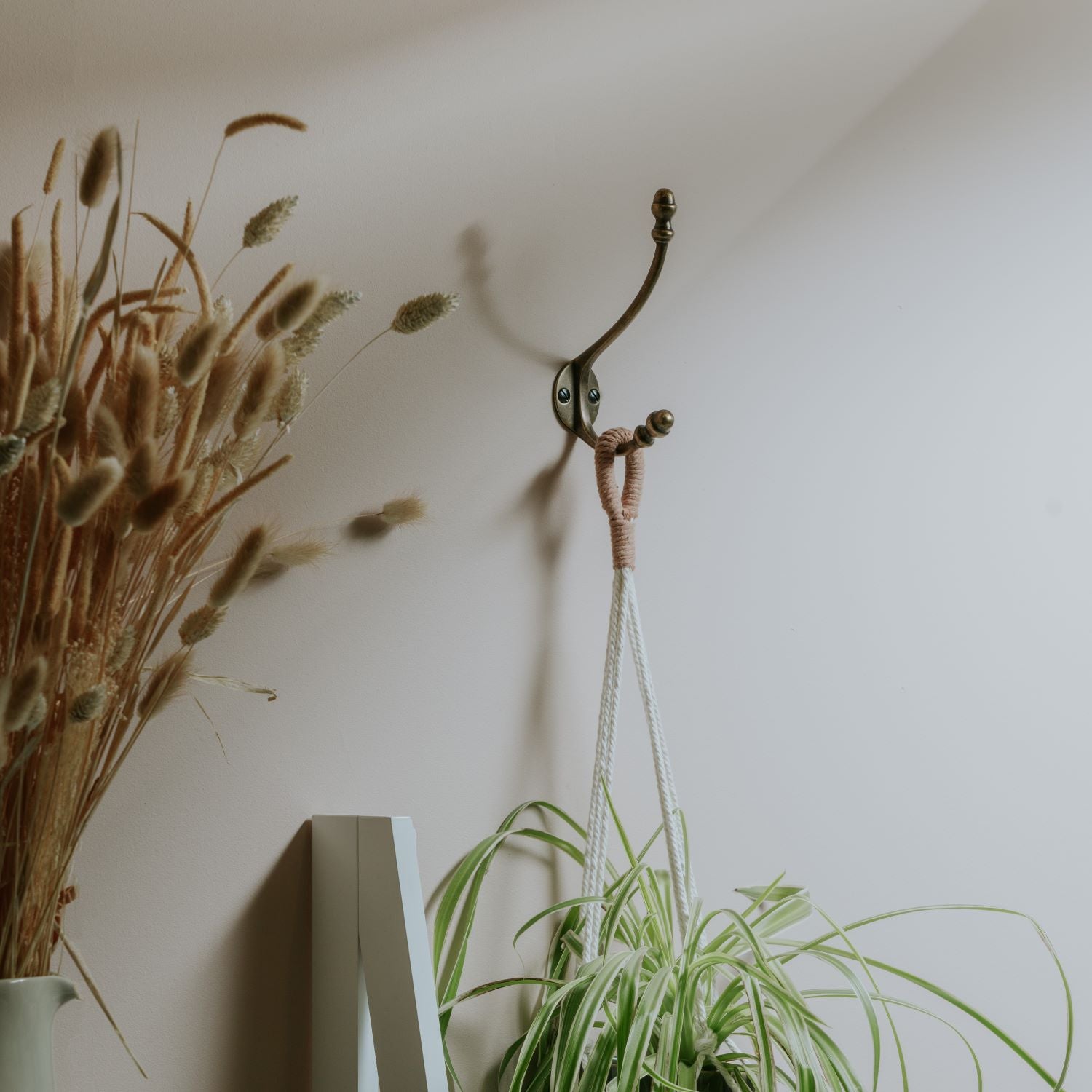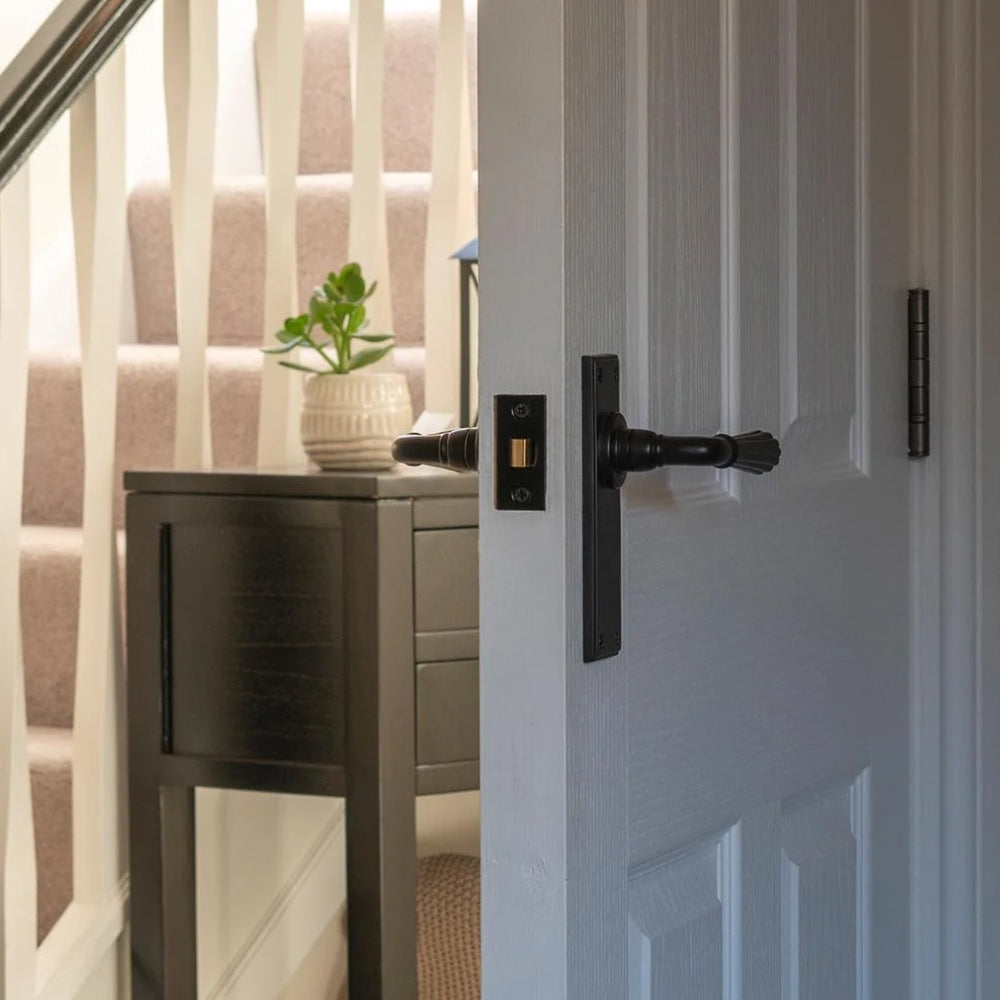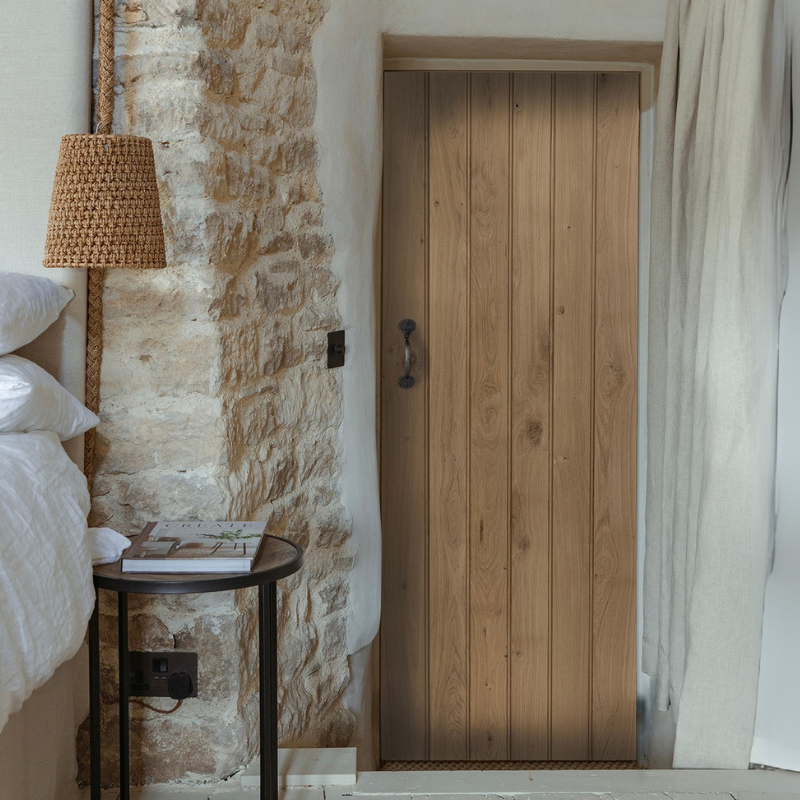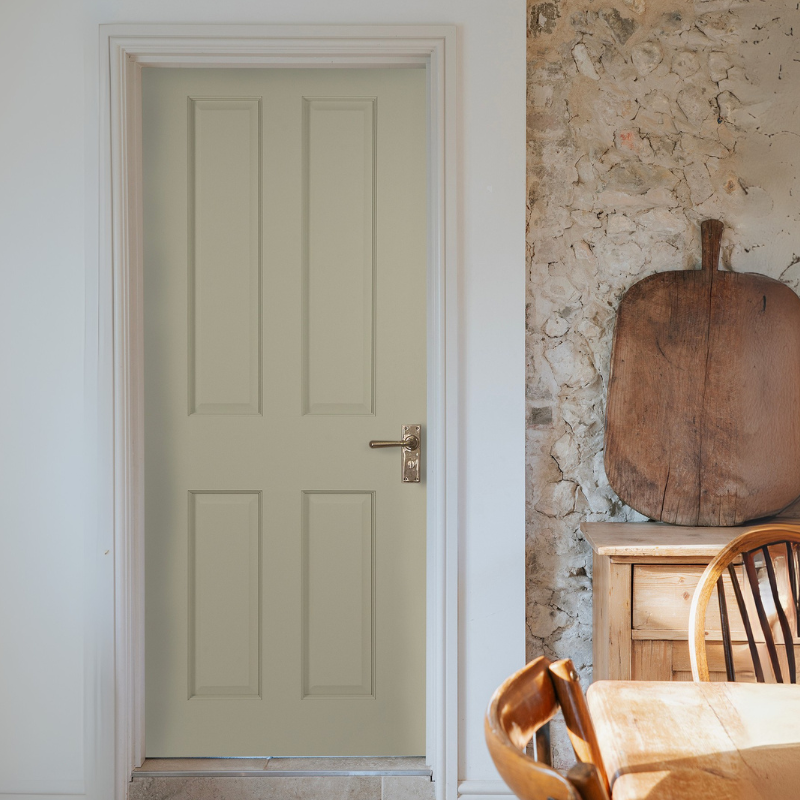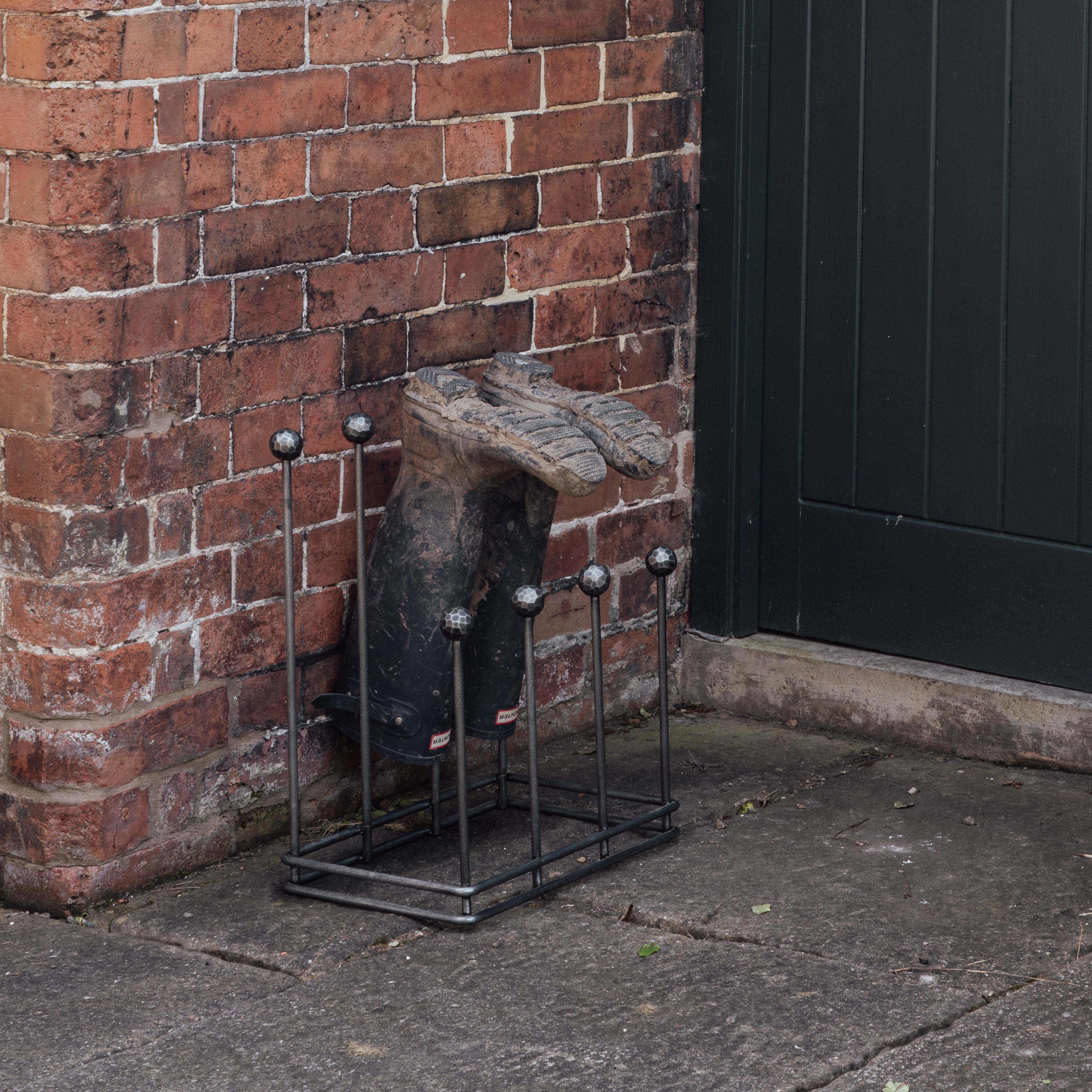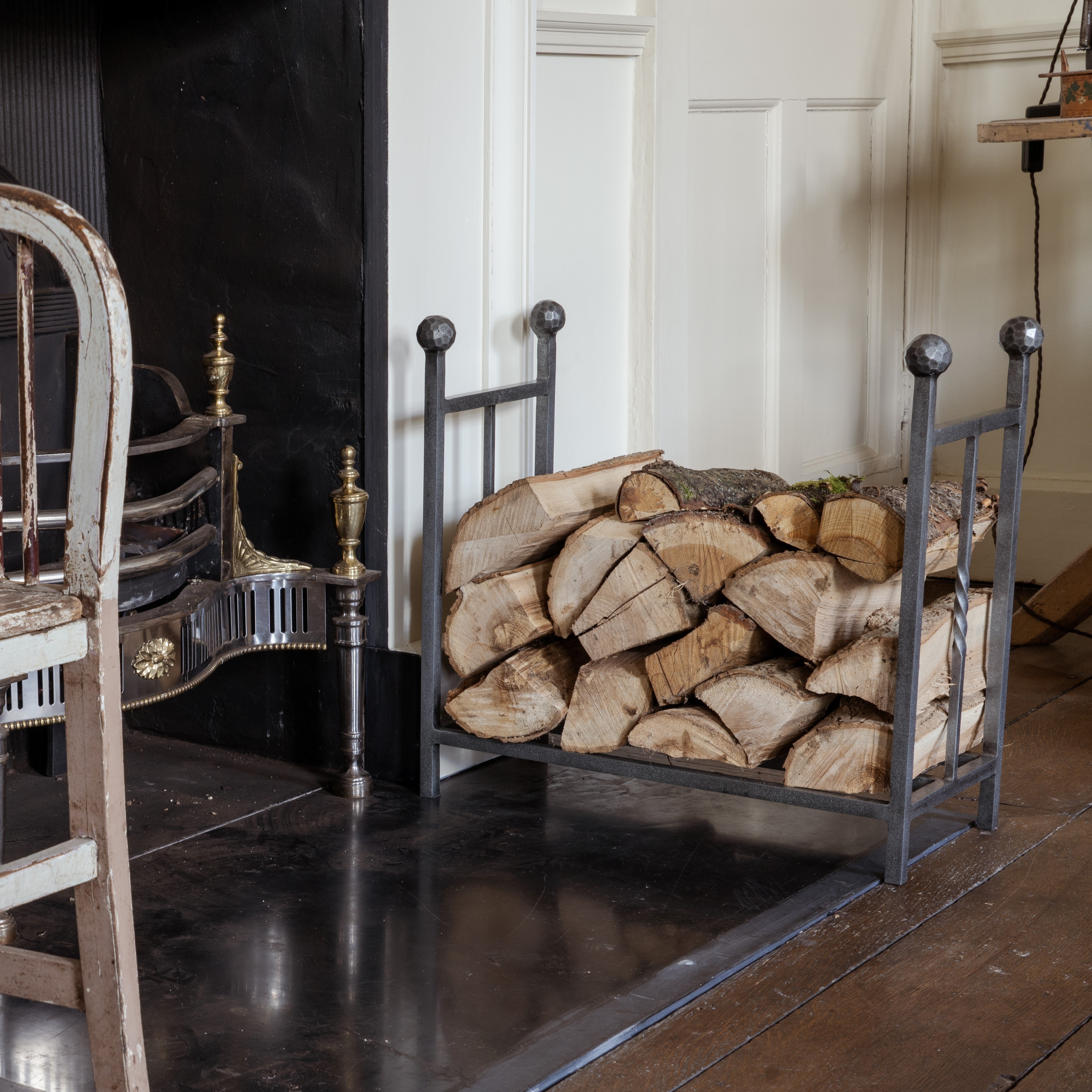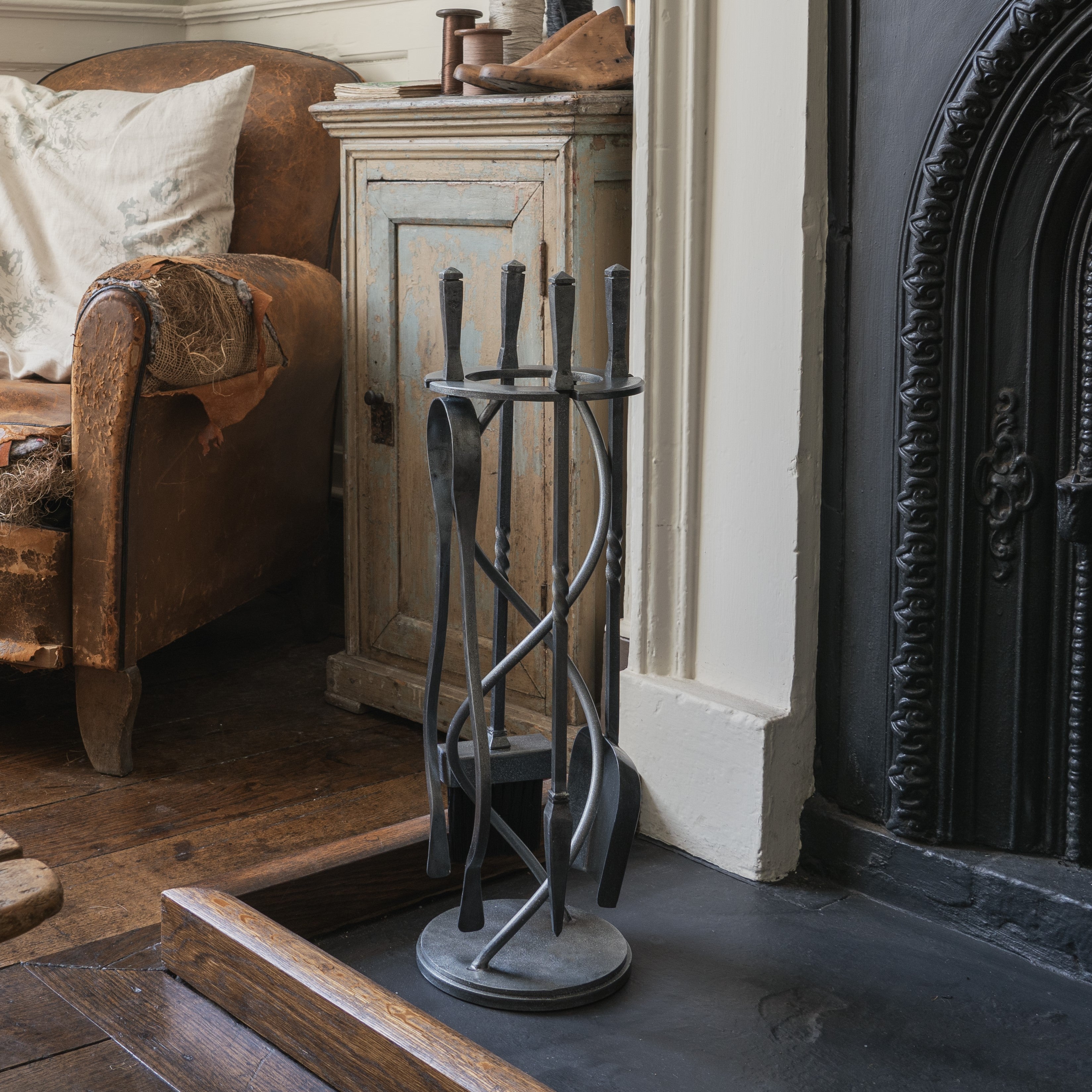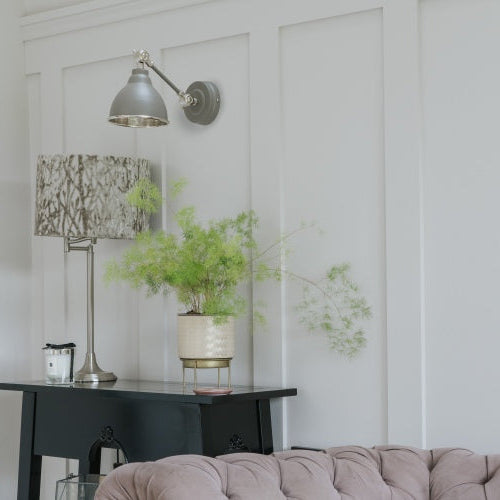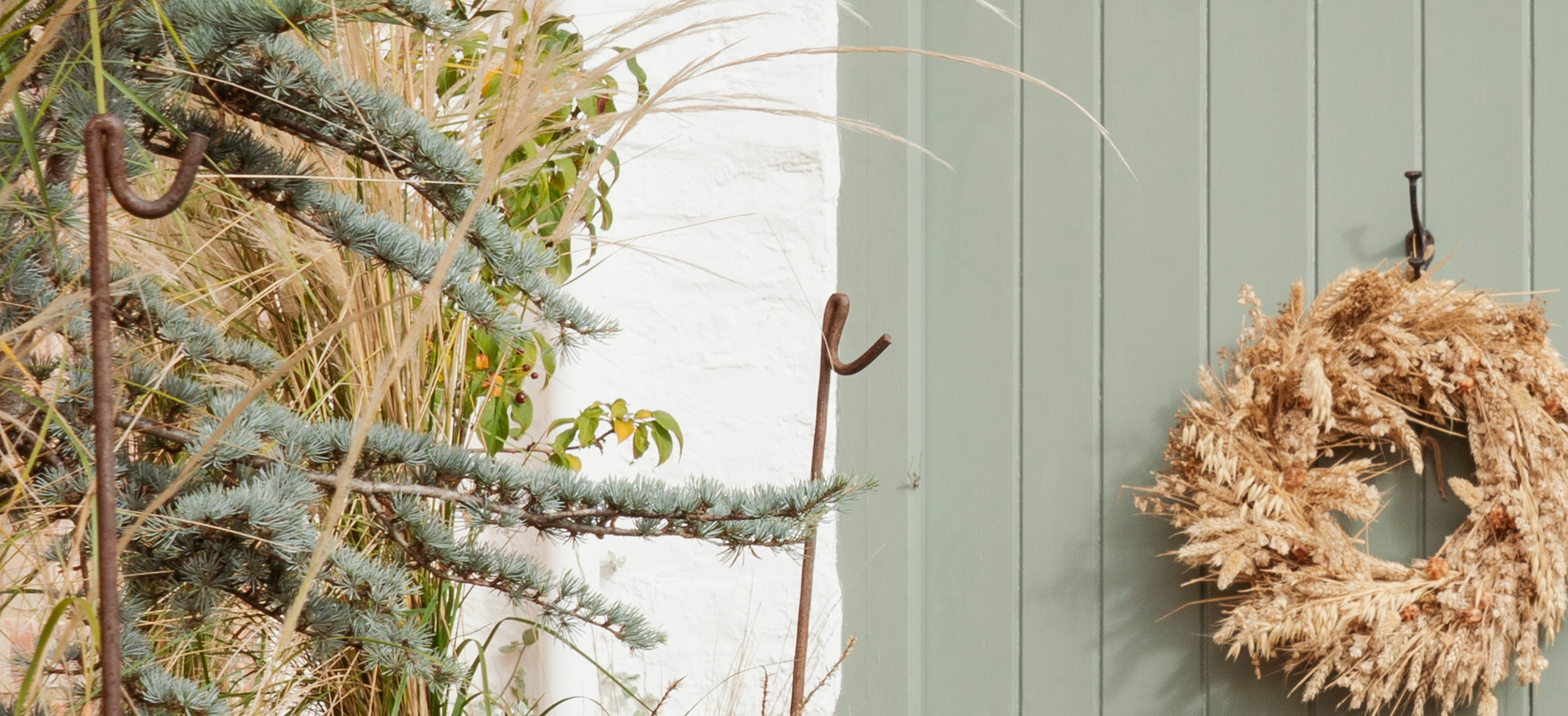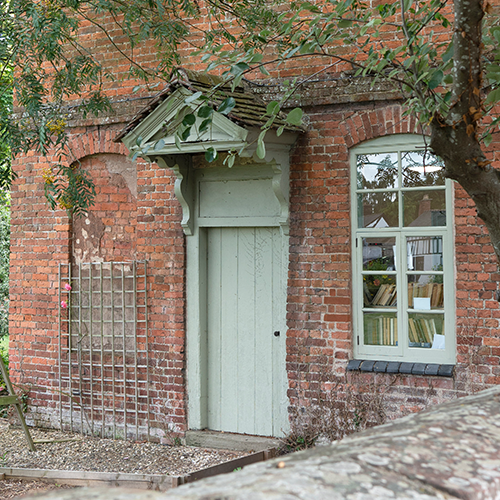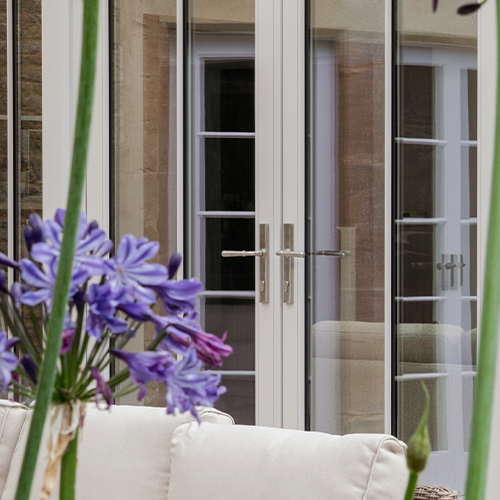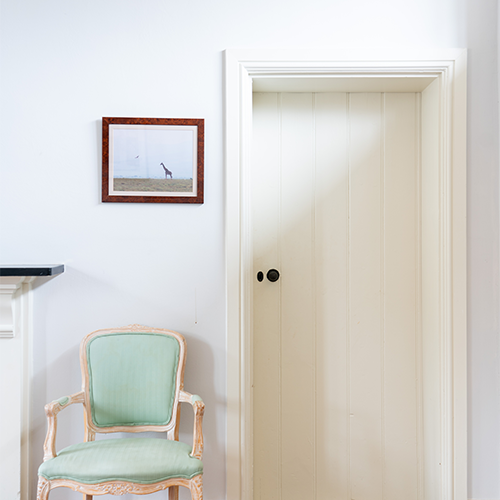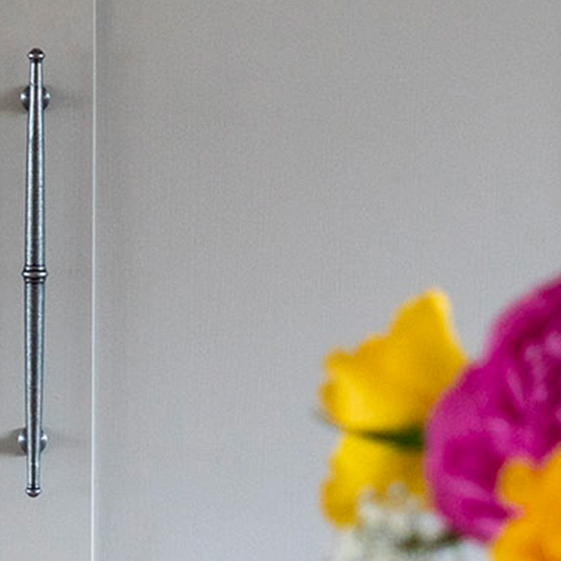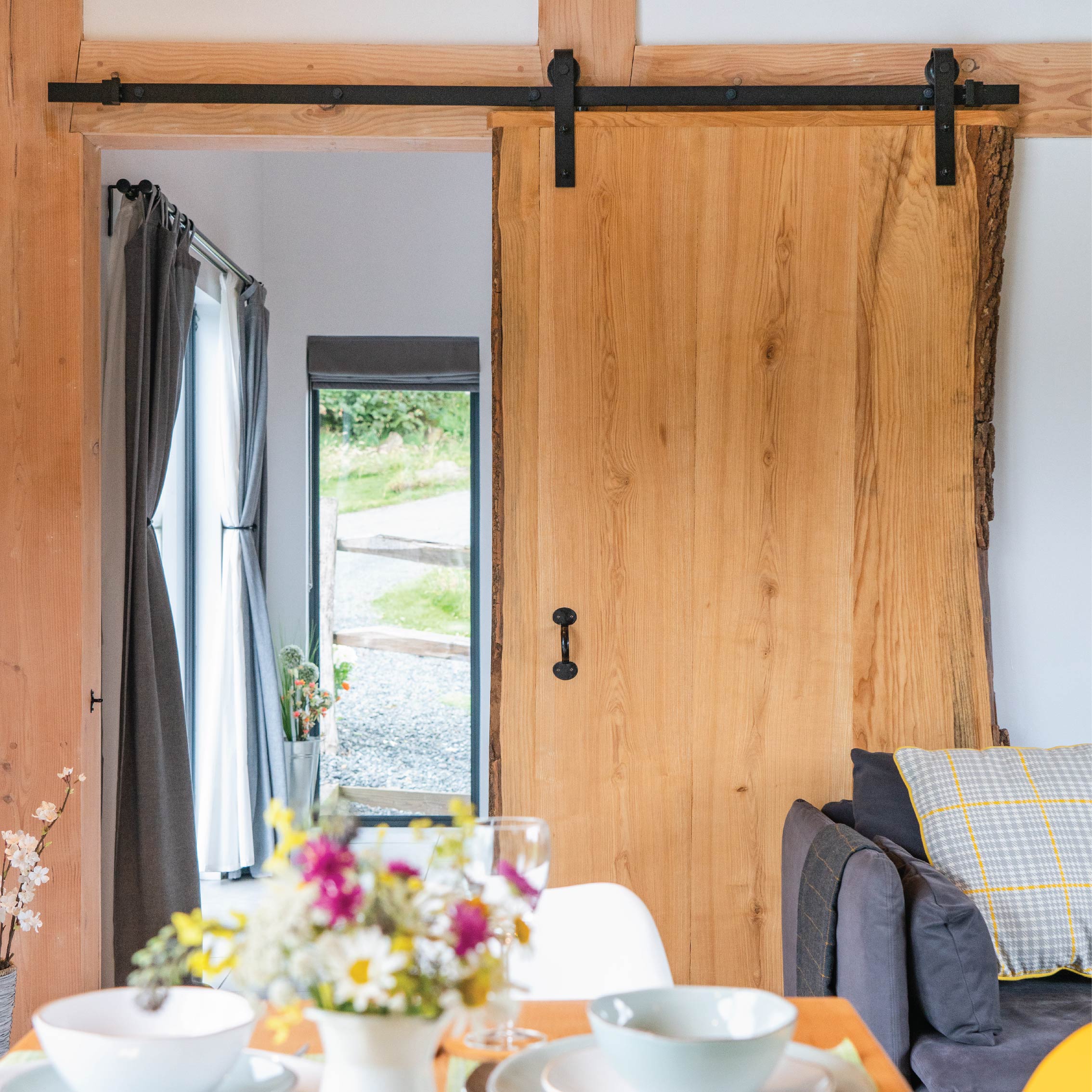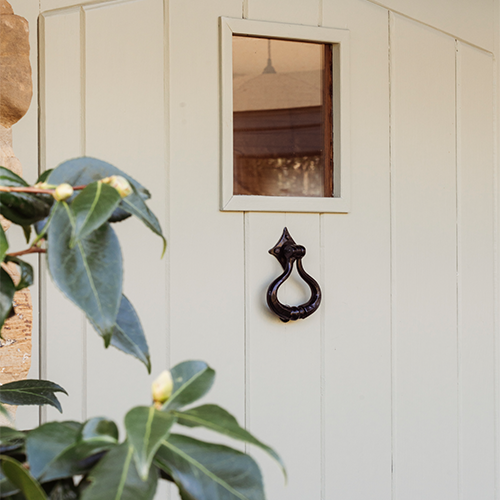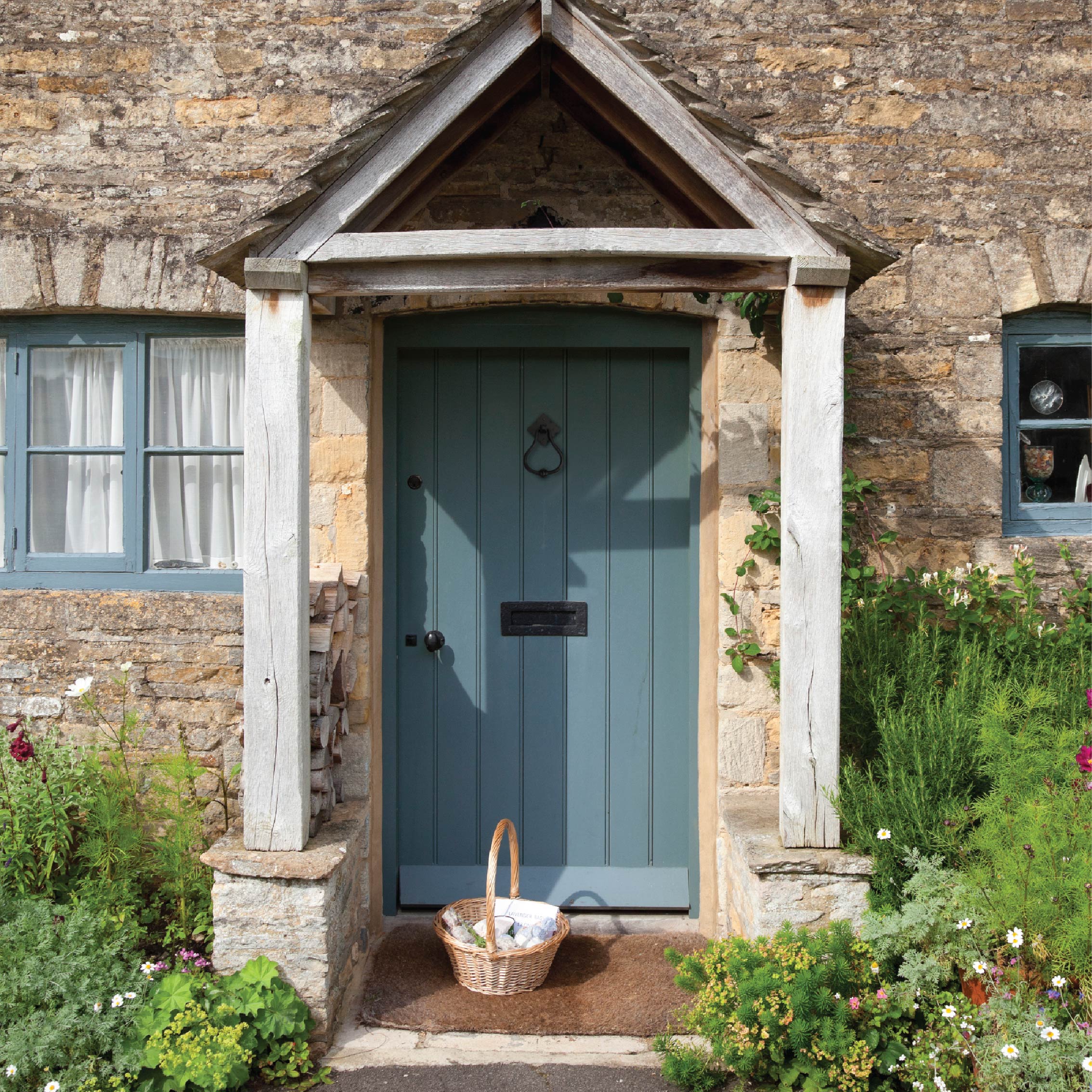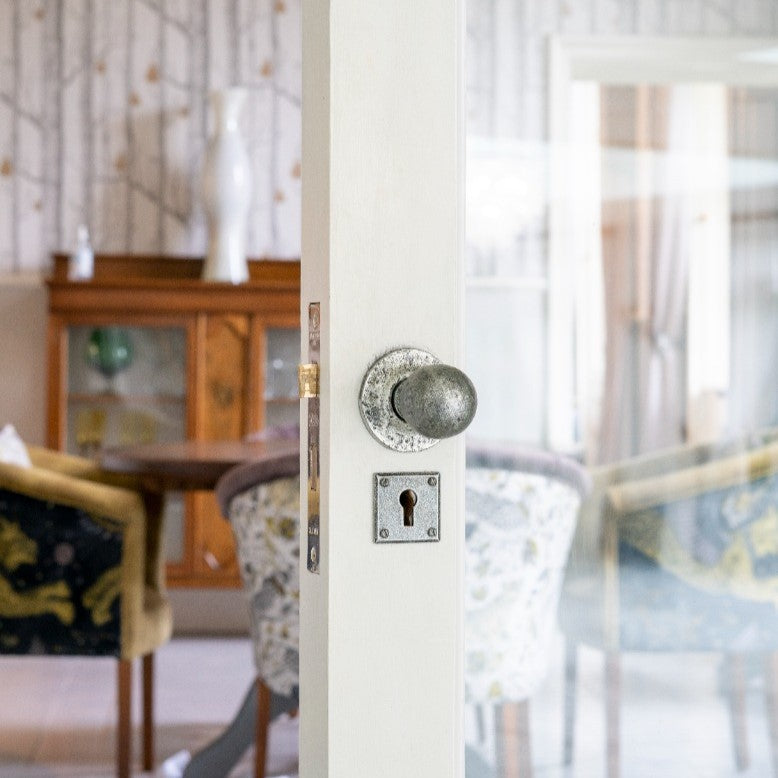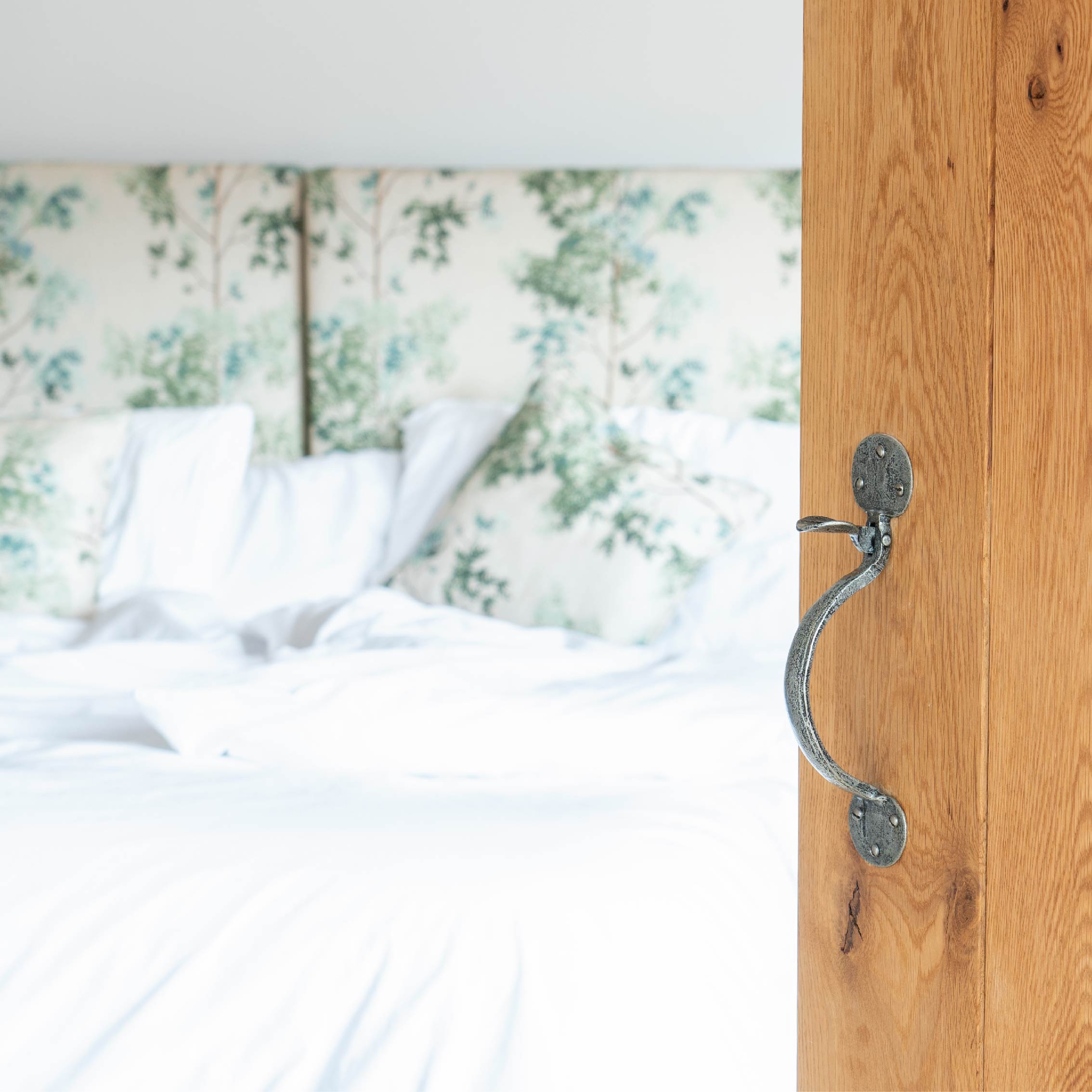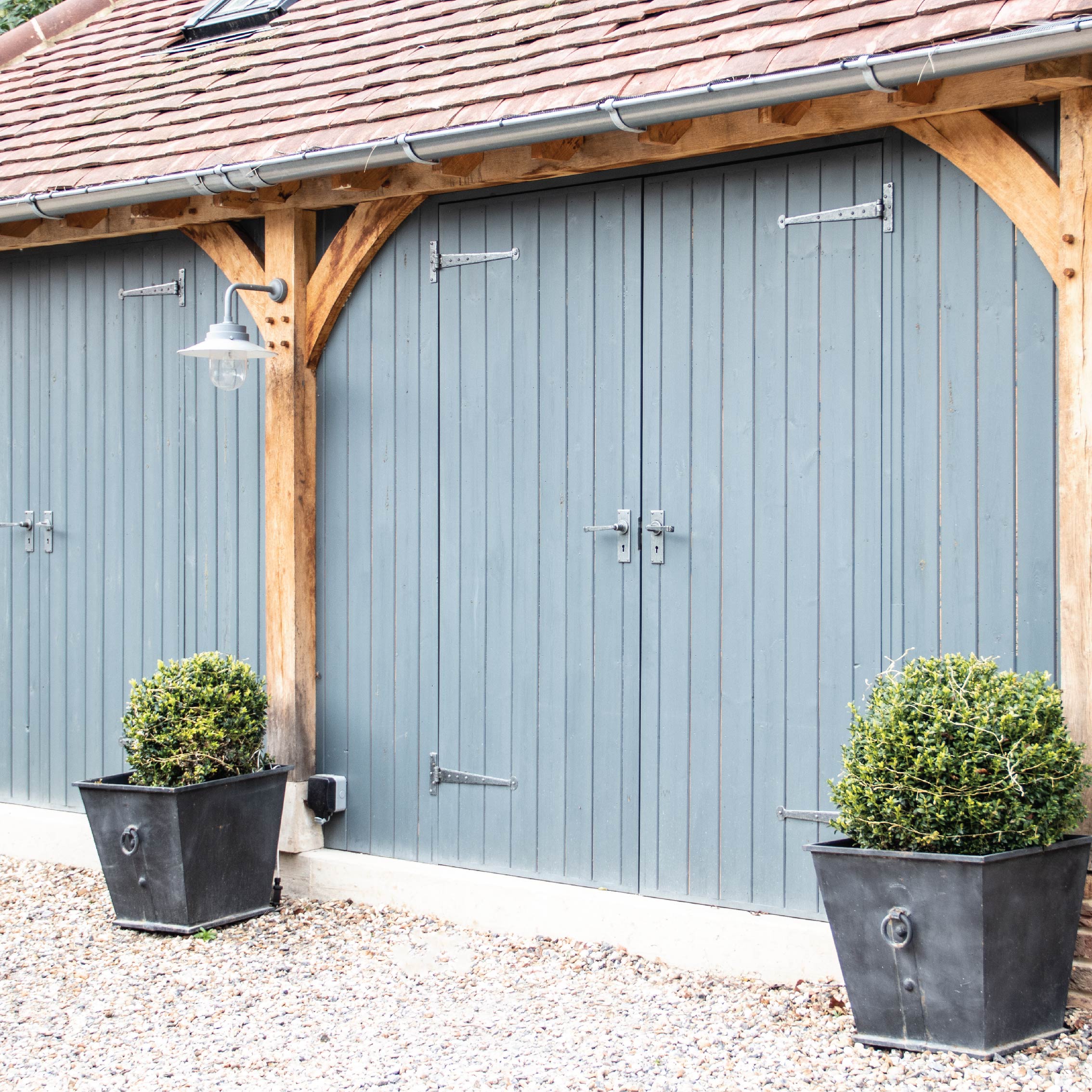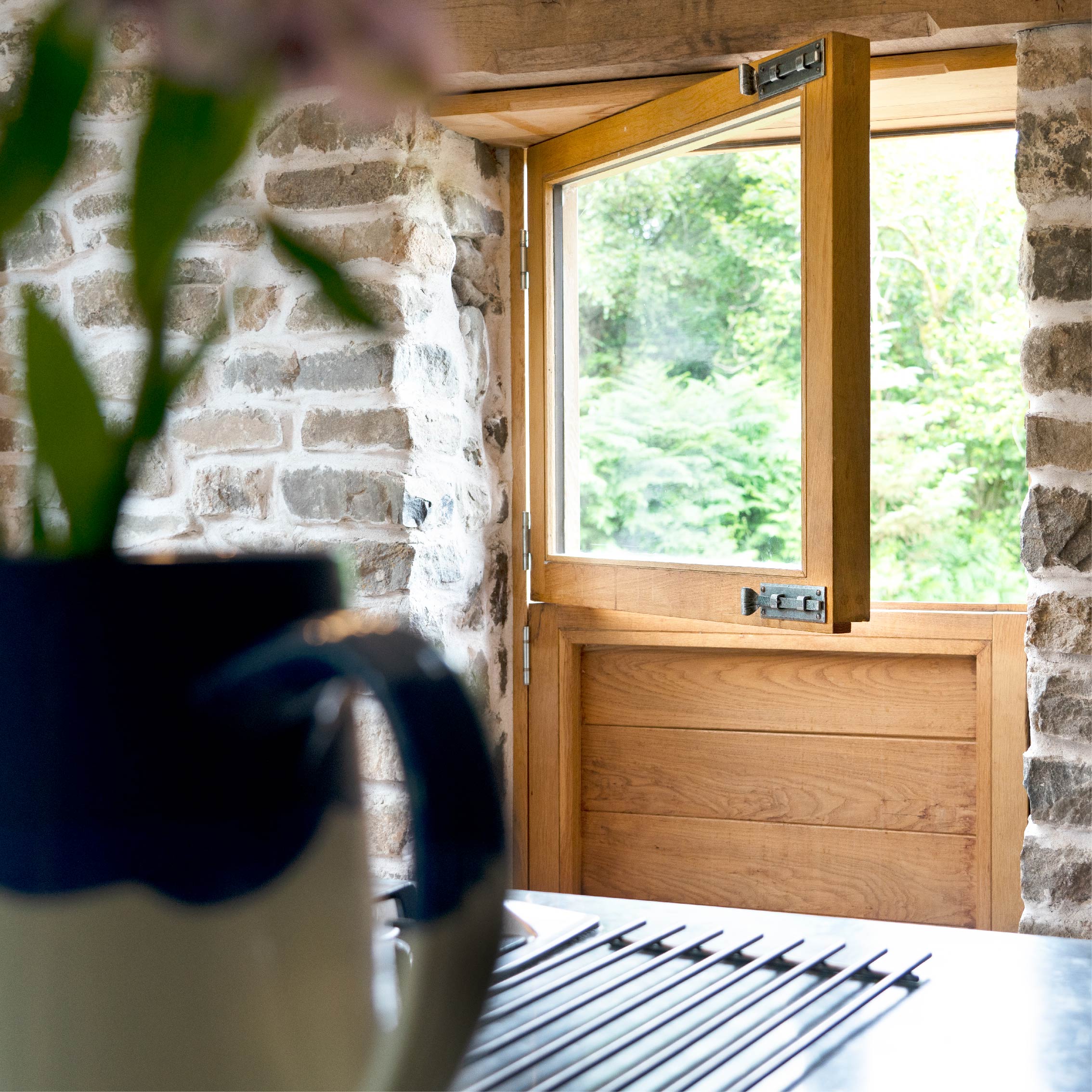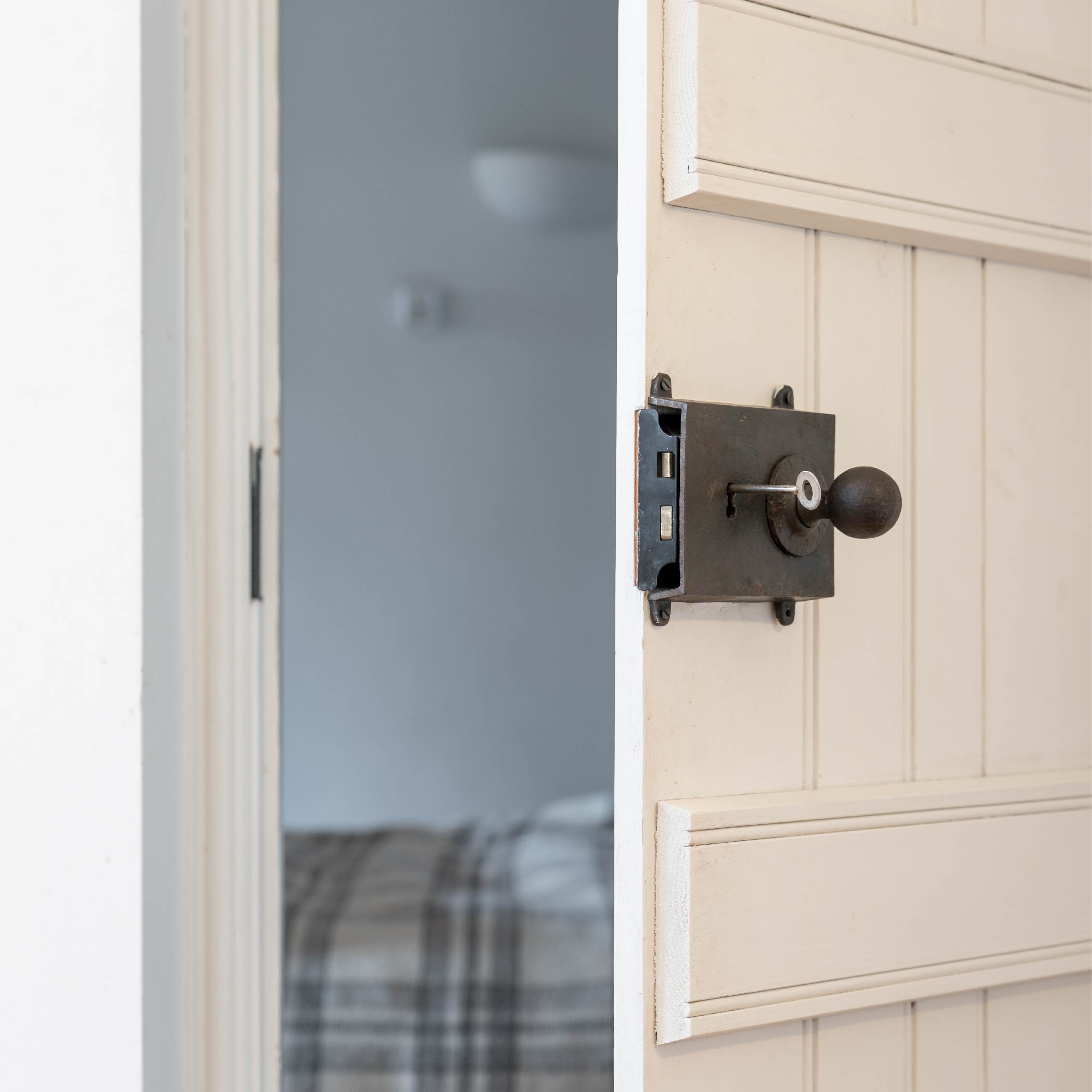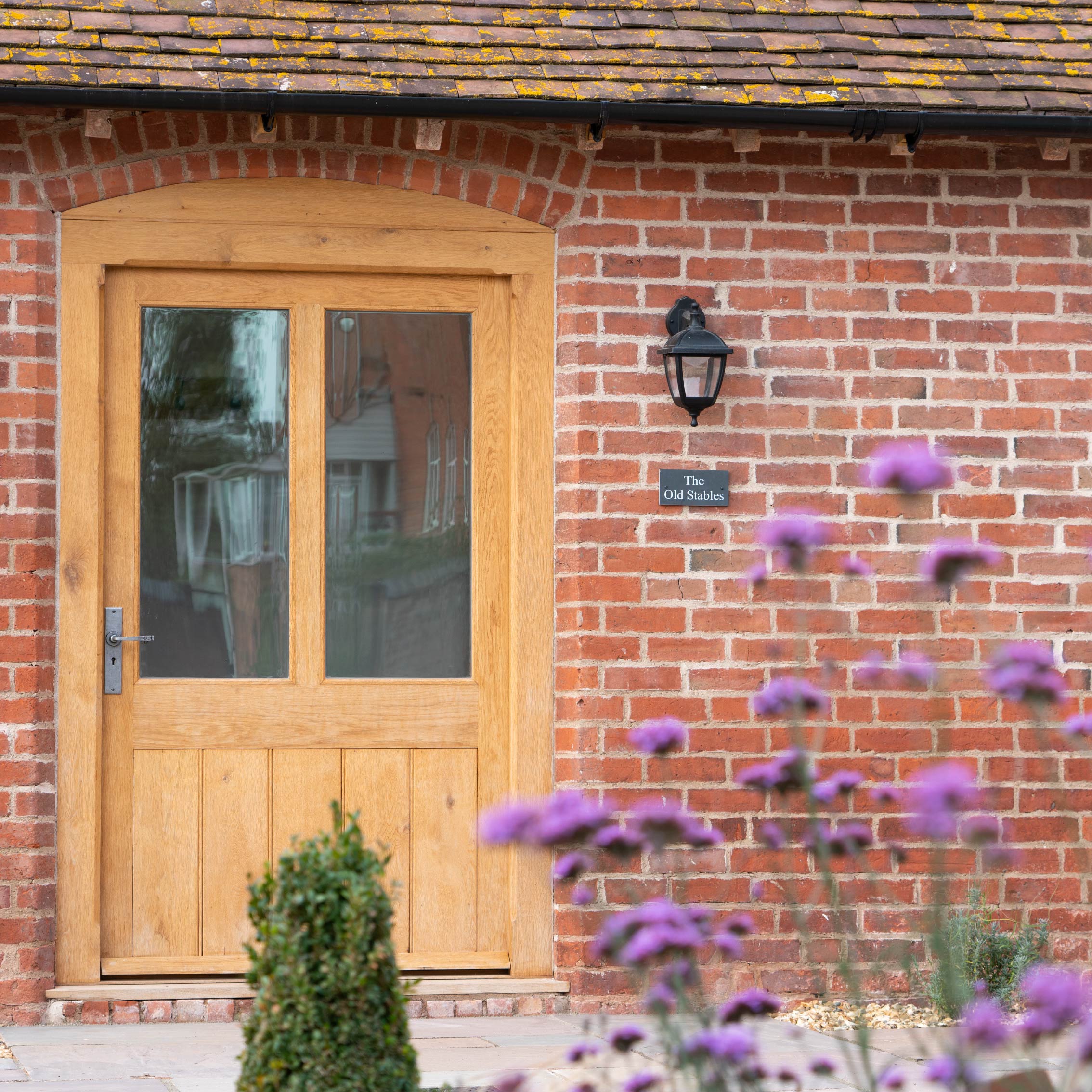We offer a wide selection of door hardware for interior and exterior doors. Browse by category below, or discover all door hardware above.
FAQs
What type of door handle do I need?
This depends on which type of door and lock/latch you choose.
Lever lock handles are used in conjunction with a 5 lever mortice lock, usually on exterior doors that require locking (i.e. front/back doors).
Lever latch handles are used in conjunction with mortice latches, usually on interior doors which don’t require locking (i.e. living room doors).
Lever bathroom sets are used in conjunction with a bathroom mortice lock which can be locked via a thumbturn on the inside and opened from the outside with a coin during an emergency (e.g. bathroom doors).
Lever Euro handles are used in conjunction with Euro cylinders and Euro sash locks, usually on exterior doors (e.g. patio/conservatory doors).
Espagnolette lever handles are used in conjunction with multi point locks and Euro cylinders on sliding/bi-folding door sets and modern front doors which use these locking systems.
All lever handles have a measurement called the “centre” which refers to the distance between the centre of the door handle and the centre of the keyhole. This distance dictates which type of lock is needed. All our lever handles have standard centre measurements to fit all standard British locks/latches.
What should I do if my lever handle won’t return to its horizontal position?
When this happens, it usually means that you have an unsprung handle, and that the spring in the existing lock/latch isn’t strong enough to return the lever handle to its horizontal position. There are several ways you can fix this issue. Firstly, you could replace your unsprung handle with a sprung version which contains a strong spring within its backplate. Secondly, you could purchase a Heavy-Duty lock/latch which should be strong enough to return the lever handle to its original position. If this is still insufficient, you can retrofit a spring unit cassette behind your door handle/knob where it goes over the spindle to help strengthen the existing spring in the lock/latch.
What’s the difference between sprung and unsprung handles?
All locks and latches contain a spring which helps return the lever handle to its horizontal resting position after use. ‘Sprung’ handles have an additional spring incorporated into their rose or backplate to aid this process – this is especially important for weighty handles which may be too heavy to return without it. ‘Unsprung’ handles do not contain this spring and are often used with a multi-point lock with which the handle must turn in two directions (upwards to lock the door and downwards to operate the latch).
Most of the From The Anvil handles we sell are sprung, but there are a few exceptions. Make sure you read the description on the product page to ensure you choose the correct product for your needs.
Are your door knobs sprung or unsprung?
All our mortice knobs are unsprung because they’re usually used alongside a latch and having a spring in both the door knob and the latch can make the mechanism stiff and hard to use. Because our knobs are unsprung, we recommend only using Heavy-Duty latches with them.
Can I use your door handles/knobs with an extra thick door?
Yes, you can, but you may need to purchase a longer spindle (the metal bar that passes through the door) to ensure it can reach through the full thickness of your door. These are available in the “Spares & Accessories” section of our website.
How can I fit a door knob to one side of a door without it turning (e.g., for a wardrobe or cupboard door?)
To fit a door knob to one side of a door, you’ll want to use a Threaded Taylor’s Spindle which prevents the knob turning and allows it to operate as a static pull. You can find these in the “Spares & Accessories” section of our website.
What should I do if the thumbturn on my bathroom handle is on the wrong side of the door/my handle faces the wrong way?
All our bathroom lever handles have a fixed thumbturn. This means that for some bathrooms, the handle will be pointing in the wrong direction when positioning the thumbturn on the inside of the door. Don’t worry, as this can easily be changed by finding the washer/Circlip on the back of one of the handles and using a pair of Circlip pliers to remove it. At this point, you should be able to turn the lever to your desired position and return the washer. If you’re still confused, please get in touch with us and we’ll do our best to help you.
Which type of lock/latch do I need?
This depends on where you’ll be using it.
Bathroom mortice locks are operated via a thumbturn on a bathroom lever handle (or with a door knob set and a separate thumbturn) and can be opened via a coin from the outside in case of an emergency.
Euro cylinders are common in newbuilds and are often used with a Euro sash lock (mostly on patio/conservatory doors) or with multi-point locks (mostly on modern front doors).
Mortice latches are usually used for internal doors which don’t require locking.
5 lever sash locks are the most secure option and are recommended for exterior doors.
Locks/latches are also either Standard or Heavy Duty, which refers to the strength of the spring inside. Standard variants are used for sprung handles, whereas Heavy Duty is recommended for unsprung, or particularly heavy, handles which need help returning to their original horizontal position.
What size lock/latch do I need?
The most important measurement when choosing a lock/latch is the ‘backset’, which determines the location of the centre of the door knob/handle (the spindle) in relation to the edge of the door. For example, a 2.5” lock has a backset of 44mm, which means that the centre of the door knob will be 44mm from the edge of the door. When using a door knob, we recommend using a lock/latch that’s 3” or bigger to ensure the knob is an appropriate distance from the edge of the door and that you don’t catch your knuckles when opening it.
What is a privacy latch?
A privacy latch allows you to open a door from only one side. For example, if you have thumblatches on your interior doors, you may want your cupboards to have matching handles. Privacy latches allow you to open the cupboard door from the outside, with the same appearance of a traditional latch but without a latch on the inside.
Can I lock a thumblatch?
Yes, of course. Simply replace your existing staple pin/screw-on-staple pin with a locking staple pin/screw-on-staple pin. This locking version comes with a metal pin attached via a leather strap and can be used to hold the door in place. You can find locking staple pins/screw-on-staple pins in the “Spares & Accessories” section of our website.
How do thumblatches work?
The handle/thumb bar is fitted to one side of the door and allows the user to depress the thumblatch. The thumb piece (or thumb bar) passes through the door and lifts the latch bar off the keep. The latch bar is the horizontal bar which is fitted to the other side of the door and is loosely screw fixed at one end to allow upward movement of the thumb bar. This means the latch bar can be lifted off the keep from either side of the door.
Staple pins and/or screw-on-staples are used to restrict the movement of the horizontal latch bar. Either can be used for this purpose.
The frame keep pin is driven into the door frame and screw fixed for safety and used to hold the door/thumblatch closed.
What type of hinge do I need for my door?
Most modern doors are solid and at least 44m thick, so our standard or ball bearing butt hinges are suitable to use.
Ledge & brace doors are too thin for these hinges, so we recommend using T hinges or strap hinges which accentuate the traditional look of these doors.
H and HL hinges are suitable for all types of door styles and sizes, with HL hinges providing additional strength for extra heavy or damaged doors & shutters.
Parliament hinges can be used to project the door away from its frame upon opening, and Butterfly hinges have an ornate appearance which can be used to add visual interest to a space.
Stormproof hinges are used to give a tight, weatherproof close for external windows.
Friction hinges are suitable for most windows and help hold them in an open or closed position.
You can learn more about a certain type of hinge by reading its product page, but if you’re still unsure about which type you need, feel free to get in touch!
How many hinges do I need for my door?
This mostly depends on the weight of your door. Normally, a single pair (2 hinges in total) will suffice, but if your door is particularly heavy, such as a solid oak door, you can add half a pair of hinges (3 hinges in total) to help support the extra weight. This is true for all hinge types, including butt hinges and T hinges.
If you’re replacing your door, or having a new one fitted, you should talk to your carpenter about how many hinges you’ll need. If you’re still unsure, please contact us for help!
What size hinges do I need for my door?
When fitting an exterior door, or a particularly heavy interior door, we would always recommend at least 4” butt hinges. If the door is likely to get a lot of use over the years, 4” ball bearing butt hinges would be more suitable as their internal mechanisms are more hardwearing.
For ledge & brace doors, the strap part of the T hinge would traditionally reach two thirds of the way across the door width, but our T hinges are exceptionally strong, so as long as they reach at least halfway across the door, they should be able to support its weight.
However, there are some instances, such as a particularly heavy timber door, where you may require a longer T hinge, or may need to add an additional hinge for support (3 hinges in total).
Do hinges come in pairs?
All our hinges are sold in pairs and with the necessary number of fixing screws.
Unfortunately, we’re unable to split pairs of hinges in half as it creates issues with our stock levels.
Do hinges come with screws?
Yes, all of our hinges are supplied with the required number of screws in a matching finish.
What type of thumblatch do I need for my door?
Firstly, you’ll need to measure the thickness of your door.
Our Medium thumblatches work with doors up to a thickness of 55mm, and our XL versions are suitable for doors up to 75mm thick, due to the length of their thumb bar.
Once you’ve figured out what size you need, you can choose the finish and style. Our Bean thumblatches are designed to match our Penny End T hinges, and our Gothic thumblatches are designed to match out Arrow Head T hinges.
What’s the difference between surface fixing and bolt-through fixing door knockers?
Surface fixed door knockers are screw fixed to the exterior surface of your door.
Bolt-through door knockers are fitted through the entire thickness of your door, meaning you would need to drill a hole all the way through.
Either type of door knocker is suitable for solid wood doors, but for other types of doors (uPVC, composite, etc.) it’s best to check which type is more suitable.
What type of door bolt do I need?
The most common types of bolts have either a Cranked or Straight barrel. Cranked bolts are fitted to the push side of an outward opening door where they fit into a flat receiver plate, whereas Straight bolts are fitted to the pull side of an inward opening door where they shoot into a receiver bridge. Some of the bolts we stock are Universal, meaning they’re sold with multiple different keep types which can be used on both inward and outward opening doors.
We also offer Flush/Slide bolts, which are mostly used on sliding or bi-folding doors. They’re fitted flush to the edge or face of the door to create a non-obstructive locking mechanism.
What type of spindle do I need?
Any of our products that require a spindle are sold with the correct one, but there may be times when you require a spare or replacement. Luckily, we have these available to purchase separately! Threaded spindles are designed for use with mortice/rim knob sets and come in various lengths and sizes, so make sure you check what your knob set needs before purchasing! Split spindles are used with all types of lever handles. We also offer Taylor’s spindles which can either be threaded or non-threaded and are used for surface-fix ironmongery for use as a decorative pull handle (thereby removing its turning function). This is useful on cupboard and wardrobe doors.






